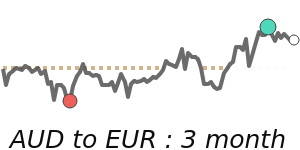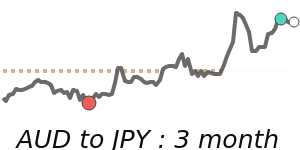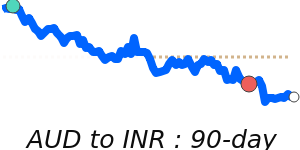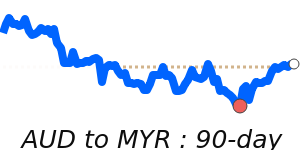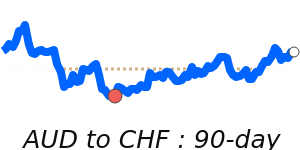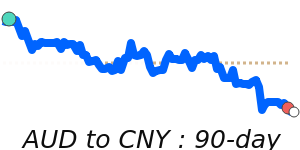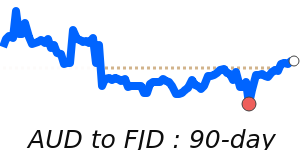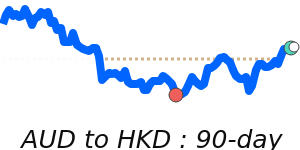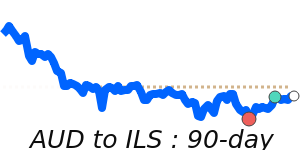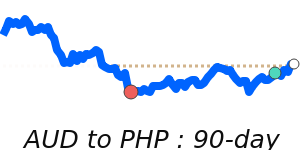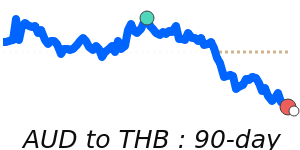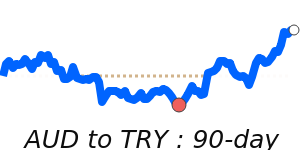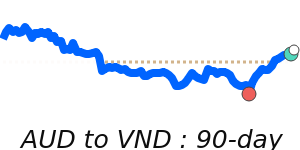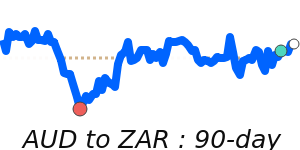The Australian dollar (AUD) recently faced downward pressure following a disappointing employment report, prompting concerns around the Reserve Bank of Australia's (RBA) stance on interest rates. November's unexpected contraction in jobs, particularly the significant decline in full-time positions, caused investors to reassess their expectations around potential rate cuts.
Despite the downward shift in response to the jobs data, recent economic indicators indicate a more favorable outlook for the AUD. A notable surge in household spending of 1.3% in October has raised expectations of a possible interest rate hike, driven by year-end sales and consumer confidence. Additionally, Australia’s economy showcased robust growth in the third quarter, with GDP expanding by 2.1% year-on-year, lending credence to the notion of a more hawkish RBA.
Moreover, inflation concerns persist, with October's consumer inflation hitting 3.8%, the highest in ten months. This development has led markets to reconsider previous forecasts regarding further interest rate cuts, with speculation now leaning toward potential hikes. Analysts indicate that the RBA is closely scrutinizing various factors influencing its policy, particularly in relation to post-COVID-19 pricing strategies and housing market dynamics.
In terms of recent market performance, the AUD is trading at 0.6665 against the USD, which is approximately 1.7% above its three-month average of 0.6555. The currency has exhibited stability, remaining within a 3.7% trading range. Conversely, against the EUR, the AUD is near seven-day lows at 0.5675, slightly above its three-month average of 0.563, while the AUD to GBP exchange rate is currently at 0.4976, showing a 1.1% increase compared to its three-month average. The AUD to JPY stands at 103.6, significantly above its average due to its relative strength amid fluctuating market conditions.
Current trends suggest that the AUD's performance will continue to reflect a mix of domestic economic data, commodity prices, and global sentiment. As these factors evolve, market participants should remain vigilant to changes that may impact their international transactions.

